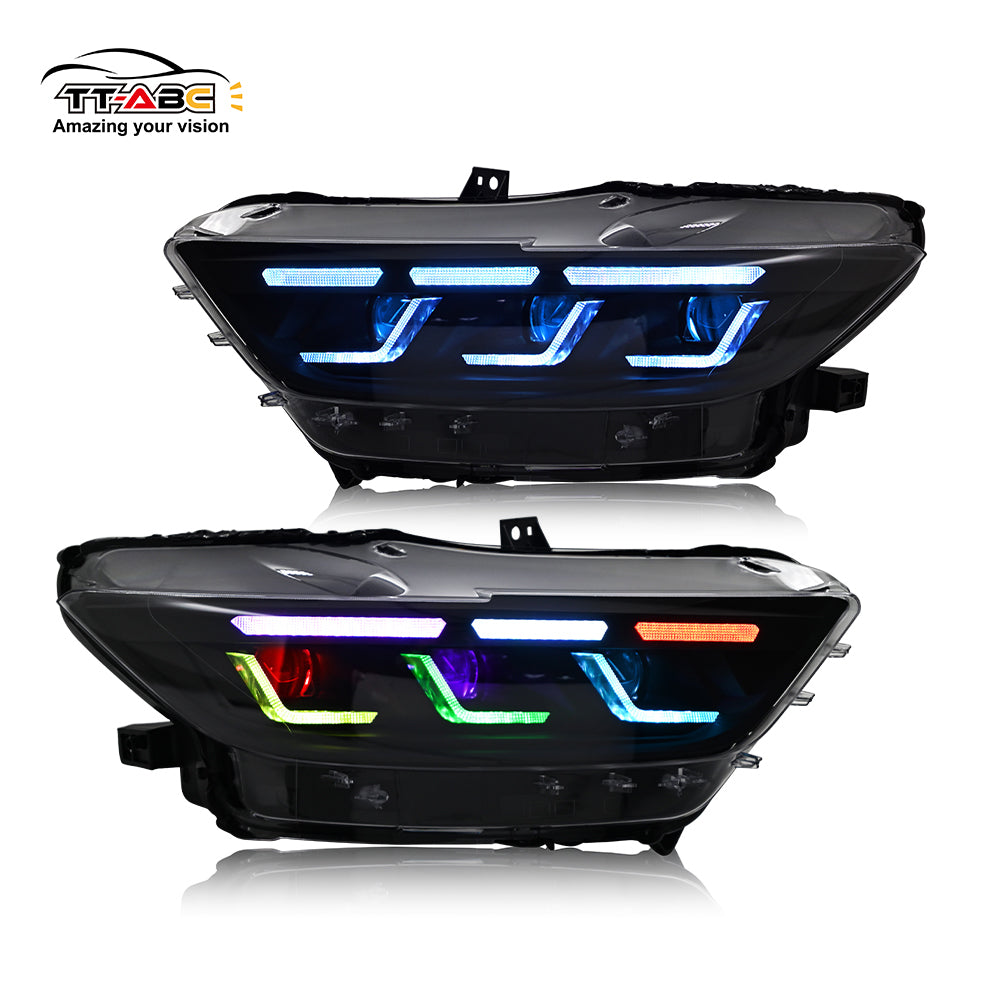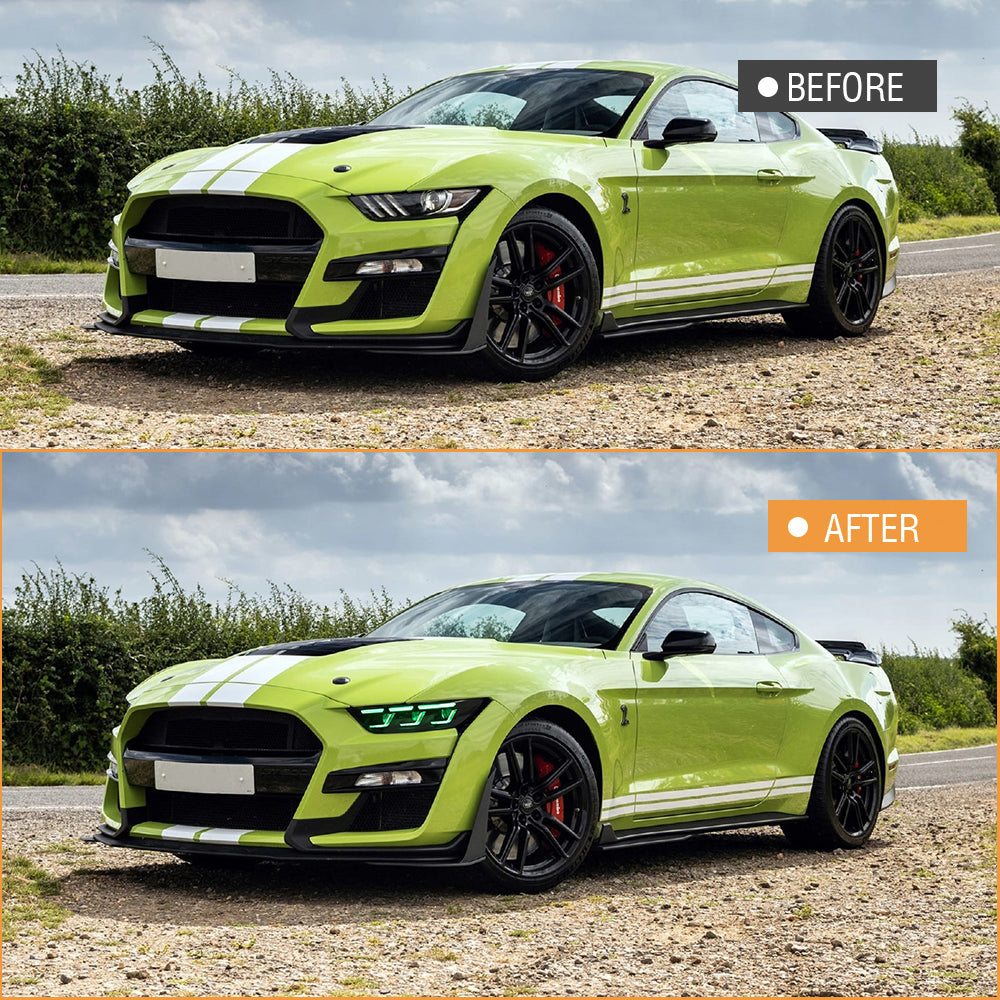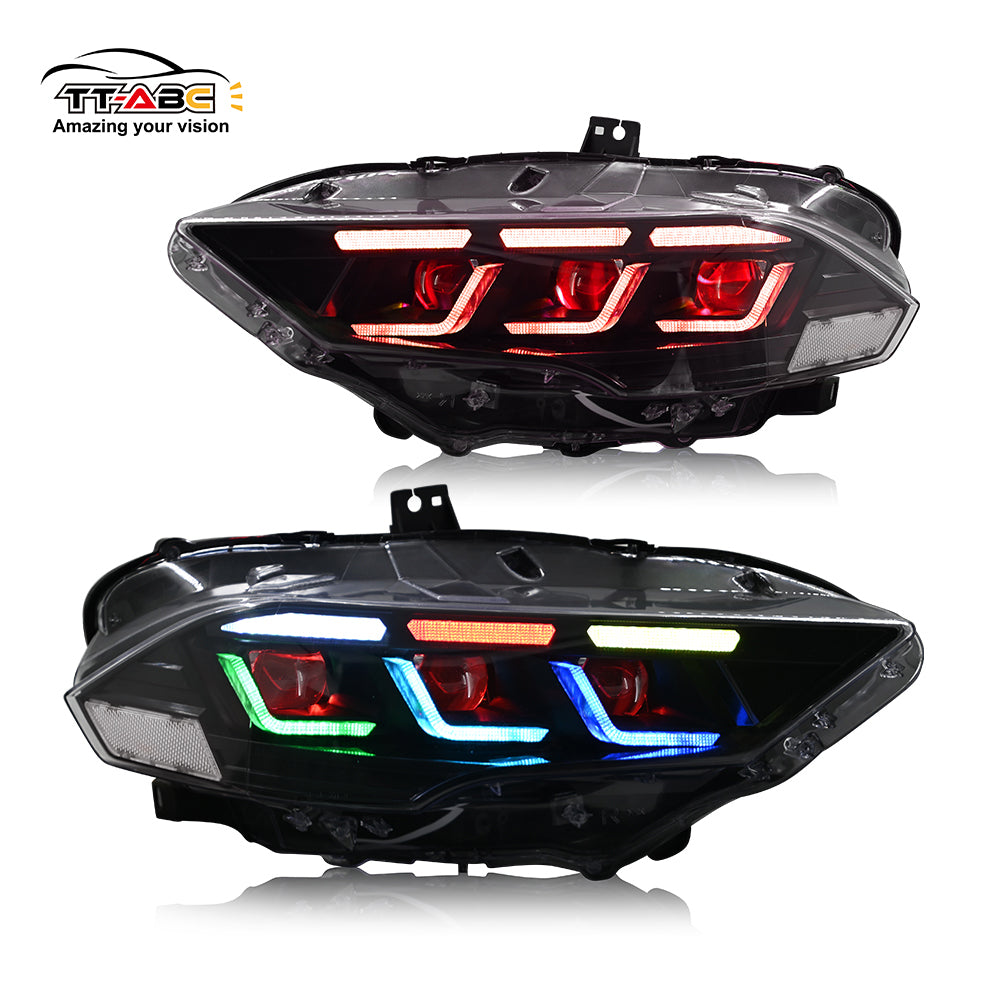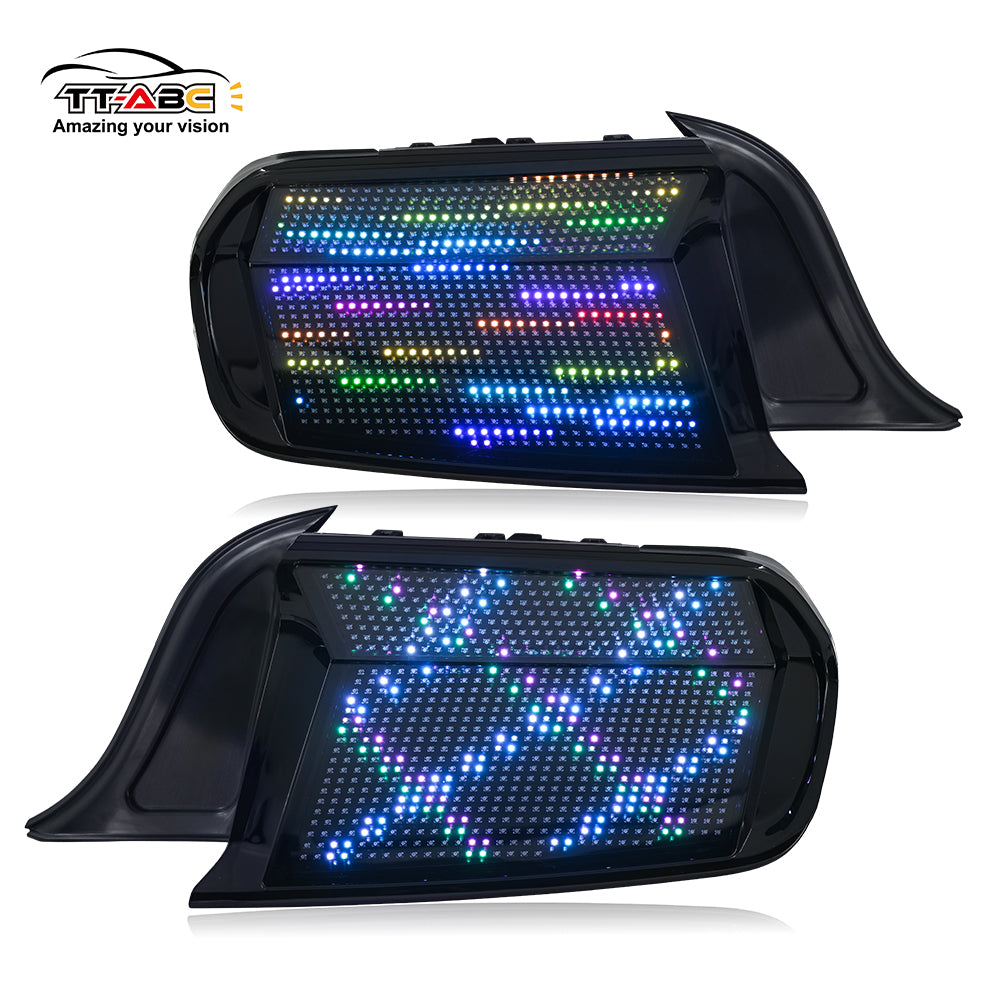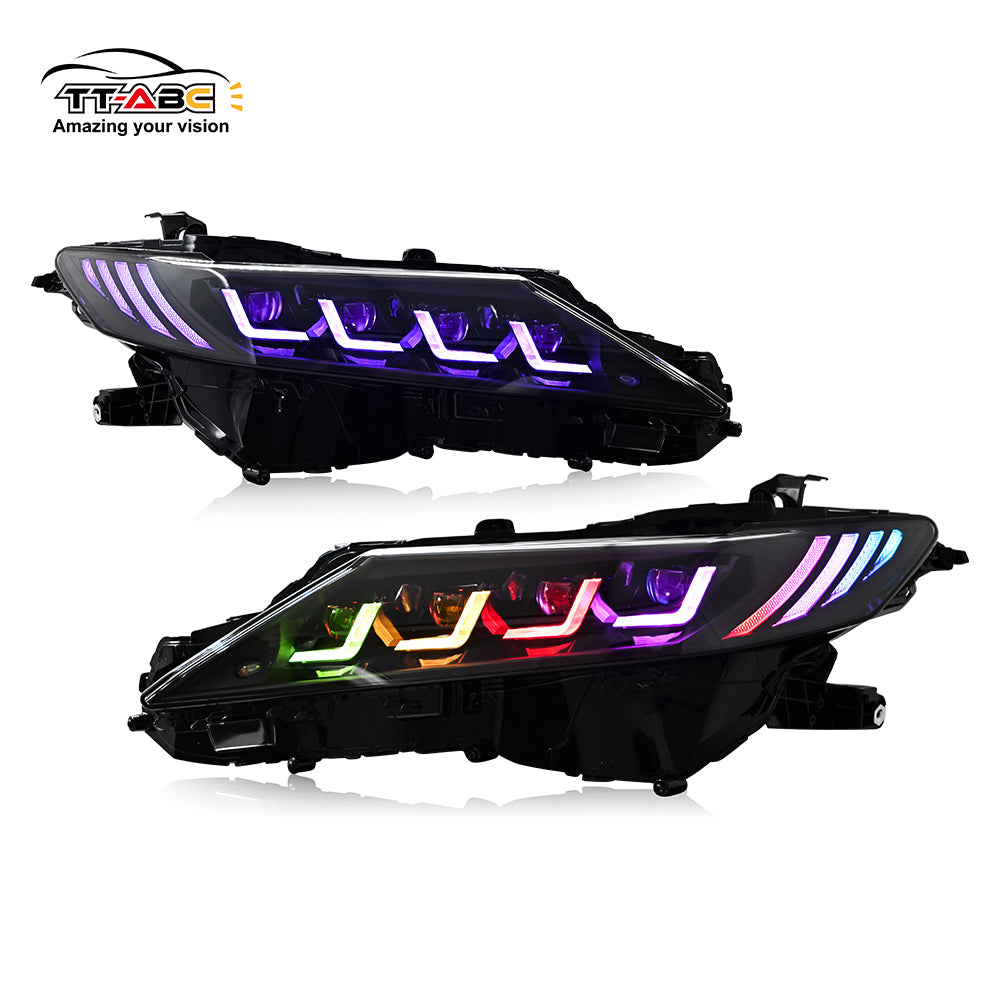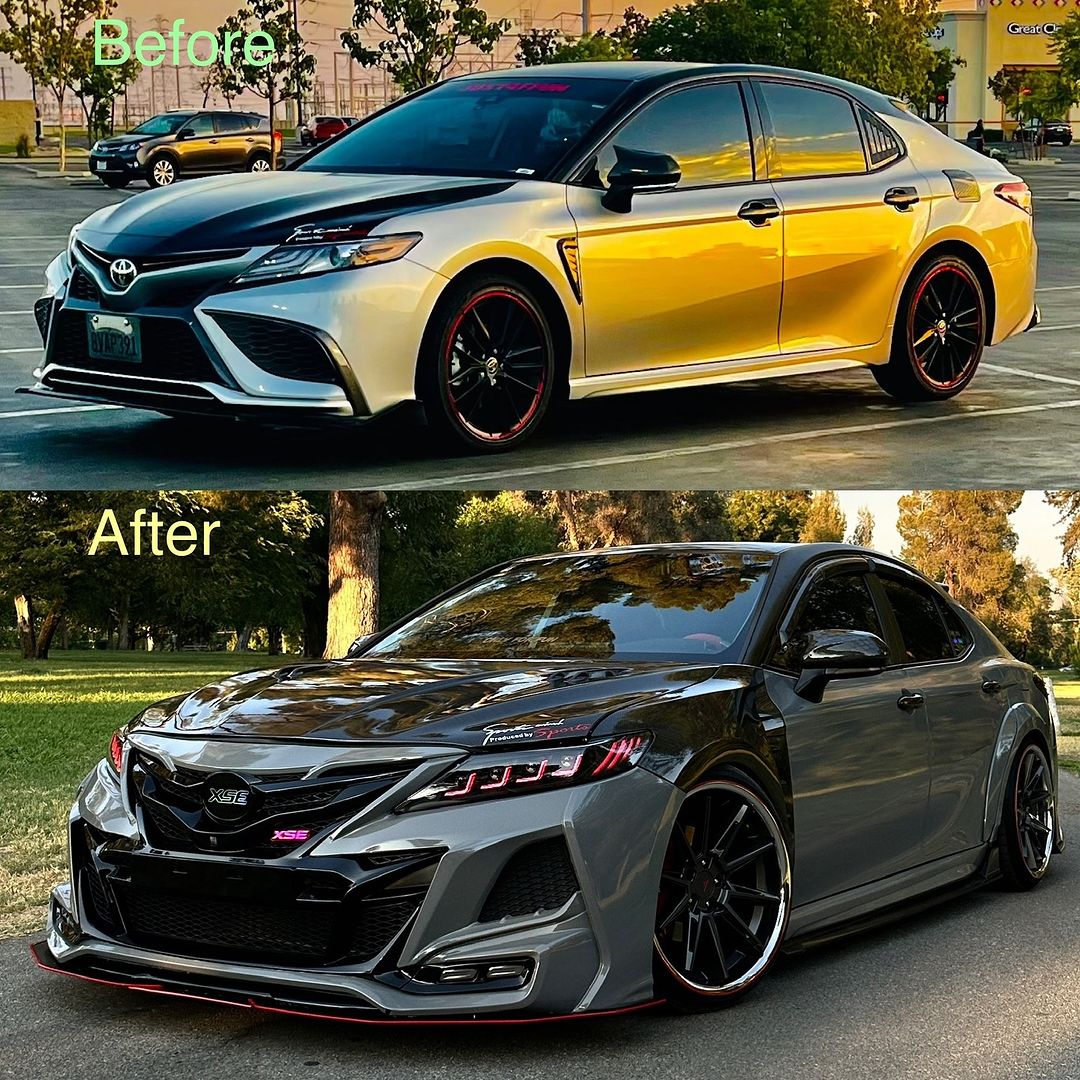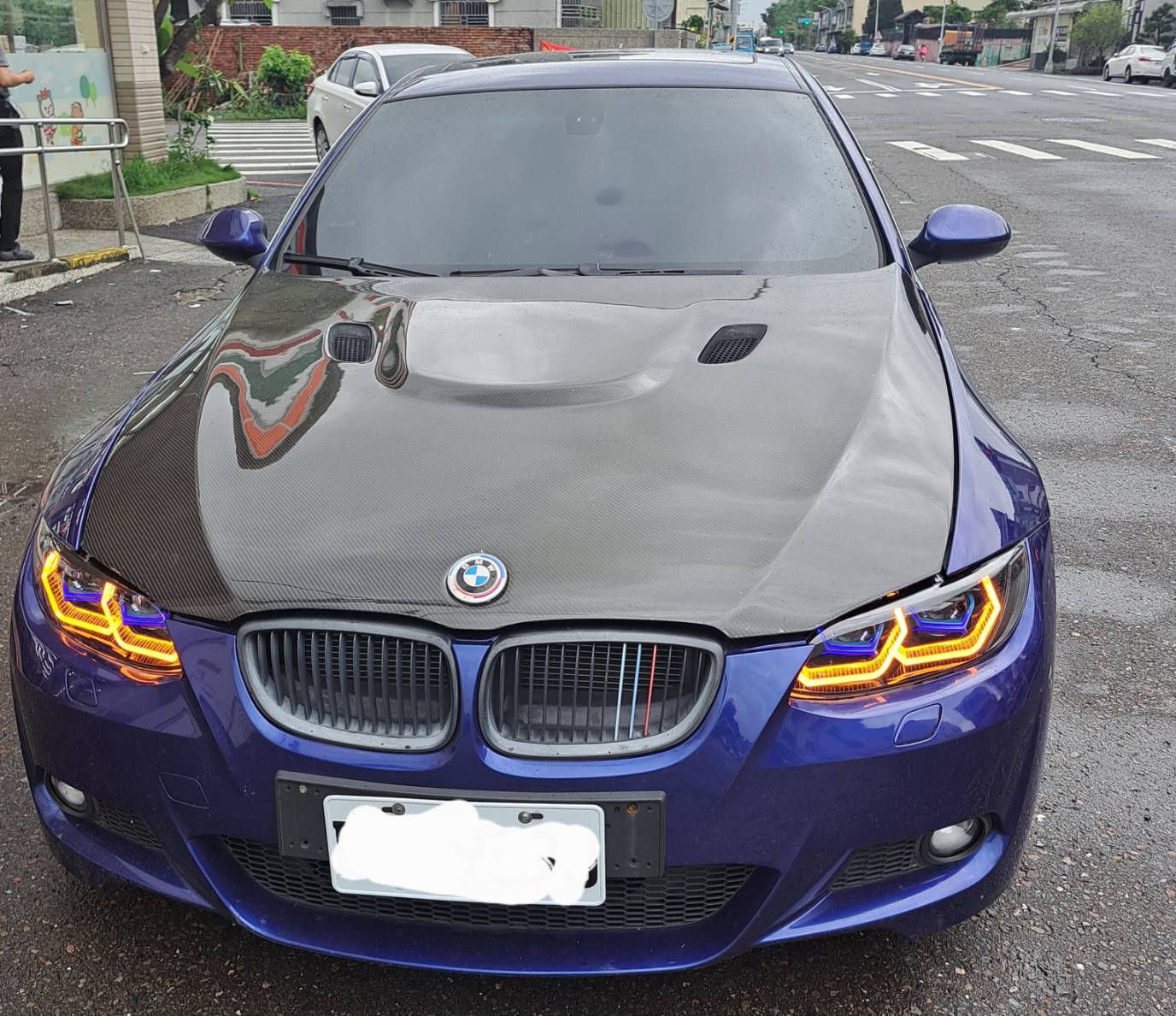With the continuous advancement of automotive technology, vehicle lighting systems have also been significantly improved. In the field of automotive lighting, LED lamps, halogen lamps and xenon lamps are common choices. They each have advantages and disadvantages and are suitable for different situations. This article will introduce in detail the characteristics, advantages and disadvantages of automotive LED lamps, halogen lamps and xenon lamps, as well as their applications in different scenarios. Finally, we'll explore automotive lighting systems that may be commonly used in later society.
Automotive LED lights (Light-Emitting Diode)
Automotive LED lights are an advanced technology that has developed rapidly in the field of automotive lighting in recent years, and has the following advantages:
High Brightness and Visibility: Car LED lights provide brighter and clearer lighting effects, enhancing the driver's visibility to the road and surrounding environment.
Energy-saving and high-efficiency: Compared with traditional lamps, LED lamps are more energy-efficient, converting more electrical energy into light energy and reducing energy waste.
Long life: LED lights generally last longer than halogen and xenon lights, reducing the frequency of bulb replacement and maintenance costs.
Fast Response Time: The LED light has an extremely fast response time when switching on and off, providing instant lighting effects.
Disadvantages:
Higher initial cost: Compared with traditional lamps, the initial purchase cost of automotive LED lights is higher, but with technological progress and increased production, the price gradually decreases.
Applicable situation:
Night Driving: The high brightness and visibility of car LED lights make them ideal for night driving, providing a wider field of view and a safer driving experience.
Daytime Running Lights: Due to their bright light and fast response time, LED lights are often used as daytime running lights, which enhance the visibility of the vehicle during the day.
Automotive Halogen Lamp
Automotive halogen lamps are the traditional lighting choice and have the following characteristics:
Good color temperature and color reproduction: Halogen lamps have a higher color temperature, providing bright, white light and making the details of objects more clearly visible.
Relatively low price: Compared with automotive LED lights and xenon lights, the price of halogen lights is relatively low.
Wide replaceability: Halogen lamps are widely available in the market and are compatible with existing automotive lighting systems.
Disadvantages:
Less energy efficient: Compared to LED lights, halogen lights are less energy efficient and consume more energy.
Shorter lifespan: Compared with LED lights, halogen lamps have a shorter lifespan and need to be replaced more frequently.
Applicable situation:
Economy Car: Halogen lamps are suitable for economy cars because they are relatively inexpensive and can meet basic lighting needs.
Urban driving: For urban driving, the brightness and visibility of halogen lamps are sufficient for daily driving, and the frequency of bulb replacement is relatively low.
Automotive Xenon Lamp (Xenon HID Lamp)
Automotive xenon lamp is a high-intensity gas discharge bulb with the following characteristics:
High Brightness and Long Range: The light produced by the xenon lamp is very bright, which can provide a longer lighting distance and enhance the driver's visibility at night.
Good color temperature: The color temperature of the xenon lamp is close to natural white light, which makes the color of the road and objects more realistic and reduces visual fatigue.
Longer life: Compared to halogen lamps, xenon lamps have a longer life, reducing the frequency of bulb replacement.
Disadvantages:
Long start-up time: Compared with LED lights, xenon lights need a longer warm-up time when starting, and cannot provide lighting effects immediately.
Higher initial cost: Xenon lamps are more expensive to purchase than halogen lamps.
Applicable situation:
Long-distance night driving: The high brightness and long range of the xenon lamp make it very suitable for long-distance night driving, and can provide a wider lighting range and a longer visible distance.
High-end models: Xenon lamps are usually used on high-end cars because they provide better lighting effects and a higher sense of quality.
Considering the advantages, disadvantages and applicable conditions of various car lights, it can be predicted that the more commonly used car lighting system in the later society may be LED lights. Despite the higher initial cost of LED lights, their high brightness, energy efficiency, long life and fast response time make them an ideal choice. With the advancement of technology and the reduction of cost, the penetration rate of LED lights will gradually increase and become the mainstream lighting solution in the automotive industry.
However, halogen and xenon lamps still have their applicability in specific situations, such as economy cars and urban driving. For consumers who pursue longer lighting distance and high-quality lighting effects, xenon lamps are still a good choice.
All in all, automotive LED lights, halogen lights and xenon lights have their own advantages and disadvantages, showing different advantages in different driving situations. With the advancement of LED lamp technology and the reduction of cost, it is expected that LED lamps will be widely used as the main automotive lighting system in the later stage. Regardless of the lighting system used, ensuring driving safety and enhancing the driving experience are always the most important goals.











